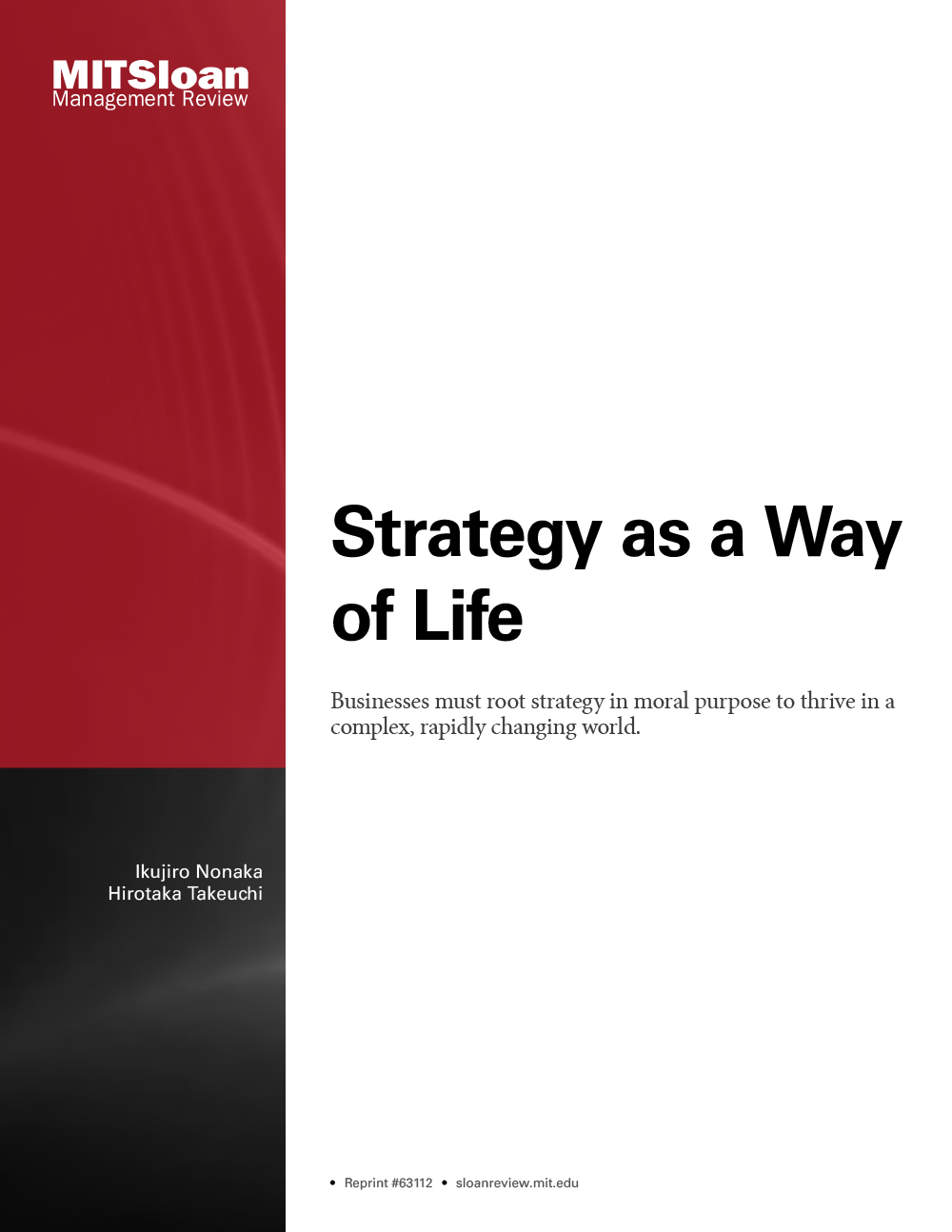
The Keys to Rethinking Corporate Philanthropy
Many companies conduct their charitable activities without a cohesive philanthropic strategy. As a result, the authors argue, companies often not only fail to achieve significant impact on society through their philanthropy but also miss opportunities to achieve strategic benefits for the organization.
Drawing on research into a number of companies' experiences, the authors describe four types of corporate philanthropy. Some companies focus primarily on the needs of stakeholders, such as communities in or near where the firm operates; these companies conduct philanthropic initiatives that are often unrelated to their core business competencies. The authors call this peripheral philanthropy. Meanwhile, other companies focus more on using the corporation's unique skills and competencies than on important stakeholder needs -- and as a result may end up with an internally focused approach that the authors dub constricted philanthropy. In some cases, often those involving corporate donations, corporate charitable activities are conducted without much overarching coordination at all, a method the authors call dispersed philanthropy. The authors maintain that the most effective approach to corporate philanthropy is one that incorporates both the needs of external stakeholders and the skills of the donor corporation. They call this strategic philanthropy and cite IBM's Reinventing Education initiative as a good example of strategic philanthropy in action.
Drawing on research into a number of companies' experiences, the authors describe four types of corporate philanthropy. Some companies focus primarily on the needs of stakeholders, such as communities in or near where the firm operates; these companies conduct philanthropic initiatives that are often unrelated to their core business competencies. The authors call this peripheral philanthropy. Meanwhile, other companies focus more on using the corporation's unique skills and competencies than on important stakeholder needs -- and as a result may end up with an internally focused approach that the authors dub constricted philanthropy. In some cases, often those involving corporate donations, corporate charitable activities are conducted without much overarching coordination at all, a method the authors call dispersed philanthropy. The authors maintain that the most effective approach to corporate philanthropy is one that incorporates both the needs of external stakeholders and the skills of the donor corporation. They call this strategic philanthropy and cite IBM's Reinventing Education initiative as a good example of strategic philanthropy in action.




